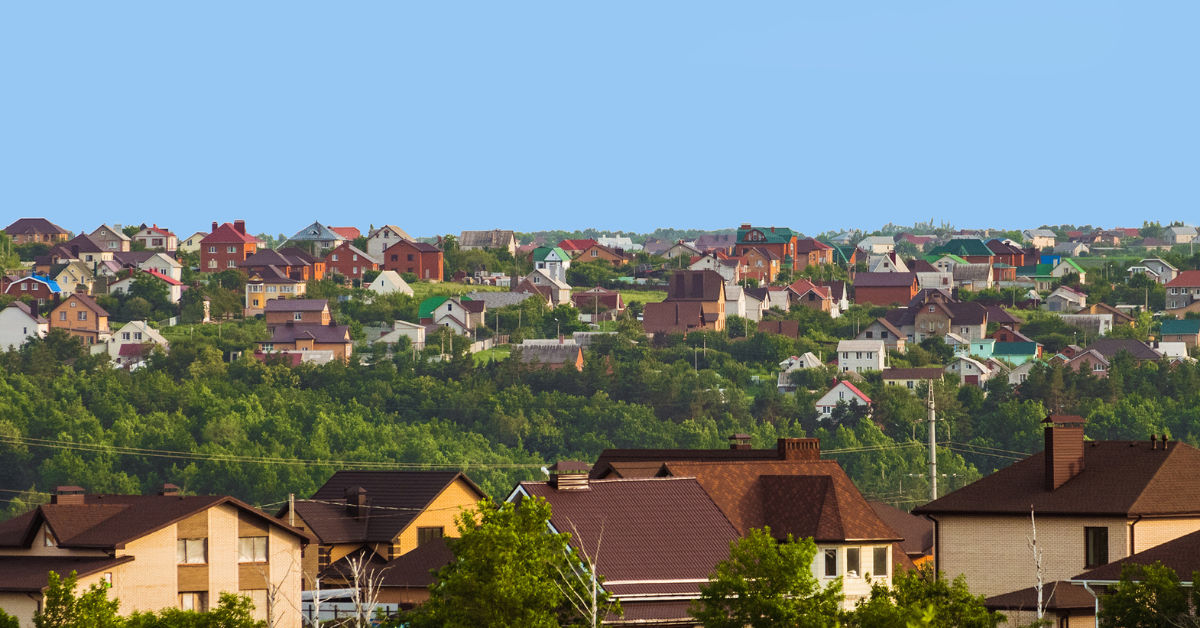Vermont, located in the New England region of the northeastern United States, is a state known for its lush nature and tranquil lifestyle. In Japanese, it is written in katakana as “バーモント,” and no official kanji representation exists. However, the name—derived from the French words meaning “Green Mountain”—symbolizes a spirit of harmony with nature. This article explores Vermont’s history, culture, sports, and tourism, unveiling the many sides of its timeless charm.
About Vermont
Vermont is an inland state filled with nature located in New England. It borders New Hampshire to the east, New York to the west, and Quebec, Canada to the north.
The state capital is Montpelier, and with a population of around 640,000, it is one of the smallest states in the U.S. despite its high level of education and quality of life.
Because of its lush environment and peaceful atmosphere, it is often called the “Green Mountain State.”
| Geographic Information | Details |
|---|---|
| Capital | Montpelier |
| Largest City | Burlington |
| Neighboring States | New Hampshire, New York, Massachusetts |
| Area | About 24,900 km² |
| Population | About 640,000 |
| Landscape | Dominated by the Green Mountains and dense forests |
Vermont’s charm lies in its harmony between people and nature, offering a calm lifestyle far removed from urban chaos.
The Origin of Vermont’s Name
The name “Vermont” comes from two French words: “Vert” (green) and “Mont” (mountain), meaning “Green Mountain.”
It is said that French explorers named the region after being impressed by its vast mountain ranges.
As the name suggests, Vermont is surrounded by hills and forests, where nature can be felt in every breath.
In Japanese, the name is written in katakana, and there is no official kanji form. Although the phrase “緑山州” (meaning “Green Mountain State”) is sometimes used to translate its meaning, it is not an official name.
How Japanese People View Vermont
In Japan, the word “Vermont” often evokes thoughts of “Vermont Curry,” a popular household dish.
The product’s name was inspired by the “Vermont Health Movement” that once trended in the U.S., which emphasized a natural and healthy lifestyle.
Because of that influence, many Japanese associate Vermont with health, nature, and tranquility.
| Common Impressions Among Japanese | Description |
|---|---|
| Healthy and natural | Known for organic food and sustainable farming |
| Calm and friendly | Close-knit communities and small towns |
| Environmentally conscious | Leading in renewable energy use |
| High educational standards | Excellent public education and universities |
| Culturally sophisticated | Flourishing arts, crafts, and local music scenes |
For many Japanese travelers, Vermont represents a peaceful retreat and a place to reconnect with nature.
Culture and Everyday Life in Vermont
In Vermont, the guiding philosophy of life is “sustainable living.”
The state emphasizes local production and organic agriculture, protecting the environment while maintaining a rich and fulfilling lifestyle.
One of its most famous products is maple syrup, accounting for a significant share of U.S. production. Each spring marks the “sugar season,” when sap is collected from maple trees—a beloved event even for visiting tourists.
| Industry | Key Features |
|---|---|
| Agriculture | Maple syrup, dairy products, apples |
| Tourism | Nature-based and eco-friendly travel |
| Education | High-level institutions like the University of Vermont |
| Energy | Commitment to renewable energy and sustainability |
People value community bonds and actively participate in local volunteer activities and events that promote cooperation and mutual respect.
Climate and Tourism
One of Vermont’s most captivating features is its four distinct seasons.
Spring brings blooming flowers, summer offers a cool escape, autumn transforms the state with breathtaking foliage, and winter turns it into a wonderland for snow sports.
| Season | Major Attractions |
|---|---|
| Spring | Maple syrup festivals, wildflower viewing |
| Summer | Camping, canoeing, outdoor music events |
| Autumn | Scenic drives, craft fairs, photography |
| Winter | Skiing, snowboarding, Christmas markets |
The autumn foliage is world-renowned, especially in October, when the entire state glows with shades of red, yellow, and orange—a paradise for photographers and nature lovers.
Sports and Vermont’s Active Lifestyle
Sports are deeply woven into Vermont’s culture. The state is especially famous for winter sports, with dozens of ski resorts scattered throughout.
Resorts like Stowe and Killington attract skiers and snowboarders from across the U.S. and abroad.
| Sport | Characteristics |
|---|---|
| Skiing & Snowboarding | Central to Vermont’s winter tourism |
| Ice Hockey | University of Vermont team is nationally respected |
| Trail Running | Held across the Green Mountains |
| Mountain Biking | Popular in summer for locals and visitors alike |
| Canoeing & Kayaking | Enjoyed in Vermont’s lakes and rivers |
Sports in Vermont symbolize a healthy, community-based lifestyle.
Children, adults, and seniors all take part in outdoor activities, strengthening community ties while enjoying the natural environment.
Society and Core Values
Vermont is known for its commitment to social equality and environmental protection.
The state leads the nation in renewable energy adoption and promotes community-based governance. Education and healthcare are prioritized, and inclusivity is part of the state’s identity.
These values have earned Vermont a reputation as one of the most livable states in the U.S.
Conclusion
While Vermont has no kanji representation, its name—meaning “Green Mountain”—perfectly captures its essence.
The people live in harmony with nature, valuing education, culture, and sustainability. For many Japanese, Vermont embodies the ideal balance of health, serenity, and connection to the earth.
Rather than bustling energy, Vermont offers quiet abundance—a place where life flows gently and naturally. It stands as a reminder of the importance of living harmoniously with the environment in an increasingly busy modern world.






